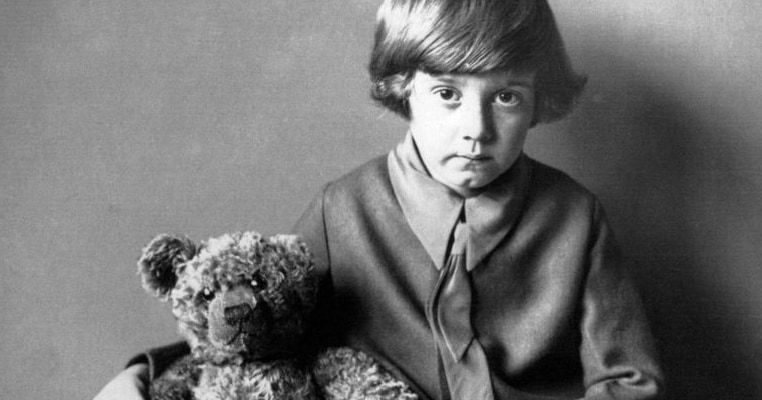Winnie the Pooh and his best friend Christopher Robin are two characters that are known and loved all over the world. They have appeared in books, poems, cartoons, and movies, and have been translated into dozens of languages. But few people in modern times know that Christopher Robin and Pooh were both very real, and the children’s stories are loosely based on reality.
However, the true story of what went into the making of Winnie the Pooh is much darker than most people could imagine. What started out as a story of childhood innocence turned into a media machine that was out of control. This is a story of a lonely little boy who became a child star and the adults whose careers could never quite match the expectations that Winnie the Pooh places on them.

Alan Alexander Milne, or A.A. Milne for short, was an editor and writer for London’s Punch magazine. He specialized in comedic political commentary. He was also an acclaimed playwright. Audiences loved his clever wit, and he made a name for himself in the industry. He married a socialite named Dorothy de Sélincourt, or “Daphne” for short. She was estranged from her extended family and focused instead on the joys of living among the London upper-class- going to parties, re-decorating her home, and so on. The Milnes enjoyed having a marriage where they acted like they were still single. They each spent time with their own friends, and they would go on dates to parties and to see the newest London plays. Milne would go to The Garrick Club in London to grab a drink and spend time with his buddies. All was well in the world until A.A. Milne was drafted into World War I.
When he returned, he was traumatized by what he saw in the war. When the war ended in 1918, he wanted to write about his thoughts and feelings against war in general, but no one was interested in reading about it. They wanted to move on from the sadness and loss, and the public wanted more comedy, so he continued to write his jokes and plays. In 1920, the Milnes gave birth to their son, Christopher Robin, but they decided to call him “Billy”, because they had disagreed on a name, and decided it was easier to just call him a nickname. As a young child, he did not know how to pronounce “Milne”, and instead said, “Moon”. So, they called him “Billy Moon”, instead of his real name, Christopher Robin. One of his first gifts was a teddy bear that Daphne named “Edward”, and the boy grew up with it as his companion.

Even after having Christopher, the Milnes wanted to go back to the lifestyle they enjoyed before, so they hired a nanny, Olive Rand, to raise their son. They also hired cooks and maids to do all of the housework for them, so there was very little they had to do as parents. In his autobiography, Christopher wrote that his parents never decided to have family outings when the three of them spent time together. If he spent time with his parents, it was always separate. It was during one of these outings to the London zoo with his mother when he first saw a real-live bear from Canada, named Winnipeg. After that day, Christopher decided to call his bear “Winnie”.

